|
Built by the infamous Grosvenor Atterbury in 1917 for Lousine Peters and her husband, Harold Weekes, is Wereholme, a 28 room mansion on the South Shore of Long Island which was inspired by a French chateau of the same name. Atterbury is known for his work with weekend houses for wealthy industrialists. Born in Detroit, MI in 1869, educated at Yale University, he would go to work in the offices of McKim, Mead & White. He is known as the mastermind of the well to do neighborhood of Forest Hills in Queens New York. In the early part of the 20th century, the estate was part of a 300-acre "gentleman's farm", called "Windholme Farm", which was owned by Samuel and Adaline Peters. Mr. Peters was a coal broker who, with his partner Richard Williams, founded Williams and Peters coal brokers. In 1880, he purchased 300 hundred acres of waterfront property on the Great South Bay on Long Island’s Gold Coast. The estate had pigs, chickens, and cows, a private fishing camp, a stable of polo ponies, a kennel of top-notch Foxhounds and Gundogs, and spectacular formal gardens. He spent his summers with his family boating and fishing on the Great South Bay. Mr Peters died of heart disease at his home in Islip, NY, after a long illness, at the age of 67. The property would soon be divided by South Bay Avenue and each side was given to one of their two children, Harry and Lousine. Harry took 200 acres to the east and Lousine the 70 acres to the west. Harry was very much like his father and inherited his father’s interests all the way from fine art to coal. He was also a partner in William and Peters. His kennels, the Windholme Kennel, played a starring role in Greyhounds. Peters was an avid sportsman, with a passion for hunting, horses, and dogs. In 1925 he became Co-Master of Foxhounds of the Meadow Brooke Hunt in Long Island, New York, a position he held into the 1940s. He was a member of the Westminster Kennel Club and often served as an exhibitor and judge at dog shows. He gave a lecture “Sport in Art through the Ages,” at the Metropolitan Museum of Art in (circa 1937-1940), and began drafting a full length work on the same topic that was never published. In 1935 he authored Just Hunting, which provides personal and historical perspectives on the subject with illustrations by Betty Babcock. Peters was an active member of the Grolier Club, American Antiquarian Society, and New-York Historical Society. He also participated in home defense activities, serving as a member of the Fuel Administration during World War I, and as Civilian Defense Director for Suffolk County during World War II. Peters retired from the coal business in 1945. He died in 1948 at age 66, survived by his wife Natalie (née Wells), his daughter Natalie Peters Webster, and his son Harry T. Peters, Jr. Source: Museum of the City of New York In 1917, Atterbury built the estate, which would become known as the Scully Estate or Wereholme. Louisine Peters only daughter Hathaway, also known as”Happy”, would inherit the property . Although married several times, she produced no heirs of her own and by 1960 became committed to donating her property to the National Audubon Society. She said it was her "wish that the property be used as a wildlife sanctuary and nature center." Across the street Natalie Peters Webster, Happy's first cousin, who had inherited the property, decided to do the same as she also had no heirs. Together the properties formed the Seatuck National Wildlife Refuge. Natalie's husband, Charles Webster, would later found the Seatuck Environmental Association to conduct education and research on the property. Upon her death in the 1980’s, the named was changed to the "Scully Sanctuary" and became the home of the Living Oceans Campaign. In June 2004, Suffolk County purchased the property and opened it to the public in April of 2010 as the Suffolk County Environmental Center.
0 Comments
On the Hudson River, north of Newburgh in Orange County, are a handful of homes and a church, all that remains of the forgotten brick making company town of Roseton which has almost been completely wiped off the map with the construction of generating stations. Born at Esopus, Ulster County, NY, John C. Rose would soon grow up and move to Haverstraw, New York and begin his venture into the brick making business with his brother, Hilend Rose. After selling out his half and traveling in Europe in order to combat bad health, he returned to NY and purchased three hundred acres of land and a Hudson River mansion once owned by Bancroft Davis, president of Newburgh and New York Railway Company. The area was known for its rich deposits of clay along the banks of the river and the transportation options of the great waterway made for a perfect business location to ship to nearby cities such as New York City. The clay bank at the Rose Site was 180 feet thick! He demolished the mansion and in its place, erected a brick yard which would have sixteen brick machines with a capacity of twenty-four thousand bricks per day, per each machine. The natural color of the clay is blue-grey and the firing turns it red because of the clay’s natural iron content. Wages back then for the brick industry were between $1.50-$2.00 a day for skilled and $1.00-$1.40 per day for unskilled with days consisting of 10 to 14 hours. More and more workers began commuting to the area from surrounding towns and others began settling closeby to fill the positions at the brickyards, which the need for employees was growing as the business took off. The need for housing became apparent, so the Rose Brick Co. built a company town and named it Roseton, complete with housing for workers, a grocery store, a school, post office and even an entertainment facility, known as Roseton Hall. Most of the buildings were of a rose hue. They knew that happy, skilled and rested workers (due to the housings proximity to the yards) would be the hardest workers and the best brickmakers. A section of housing near the brickyards was known as “The Hollow” by the workers and a road leading to the school was known as “Soap Hill”. At its peak, the company employed over 1000 workers. Along River Road is a home I recognized from a book on the history of Roseton. It's the home of the Rose Brick Company's assistant superintendent and later the home for the Roses household workers. One of his four sons, John Bailey Rose, succeeded as the company’s president and turned the family company into an international empire. At its peak, the Rose Brick Company sold 400 million brick a year worldwide. The finished product was considered superior in building material and a prime choice for architects. Many were shipped downriver to New York City and a number of commercial structures in NYC still standing have the brick under its facade. John C. Rose introduced the above deck shipping method that made it possible to carry as many as 600,000 brick in a single load. In 1908, John Bailey Rose built a 3-mile long electric railway with 50 cars, each with a carrying capacity of 15 tons to transport the clay to the brickmaking machines. Here's a lil clip on a biography of John Bailey Rose: Not too far from the Rose brickyards, a sugar dealer from Cuba, Juan Jacinto Jova, had purchased the Danskammer mansion from the Armstrong family who ran the ARROW Brick Co., for his family, as a summer retreat. After seeing the success of his neighbors and a failed attempt to raise sugar cane, he tore the mansion down and began digging into the vast quantities of clay beneath it. He began employing many of the Irish and Hungarian Catholics in the area. His bricks are known for the initials J.J.J. inscribed on them. Juan Jacinta Jova was a devout Catholic and in 1891 the rustic style, Our Lady of Mercy was presented by the Jovas as a gift to the Archdiocese of New York and the brick workers of Roseton. The style is that of Hungarian-Slavonic churches. Many who attend the church come from families who have worshiped at the chapel since it first opened its doors. Soon homes using wood instead of brick were preferred and the brickyards eventually shut down. In the 1930s, Central Hudson Gas & Electric Company purchased the land and the homes on River Road, and demolished most of the once thriving community and erected power generating stations on the brickyard sites. Today one can get a glimpse of what the mansion at Danskammer looked like by visiting the Storm king Art center in Mountainville, as five of the columns are incorporated into the landscape.
|
ABOUT THE AUTHORLaura Gonzalez is a photographer, blogger and historian currently residing in Newark, New Jersey. Archives
April 2021
Categories
All
|
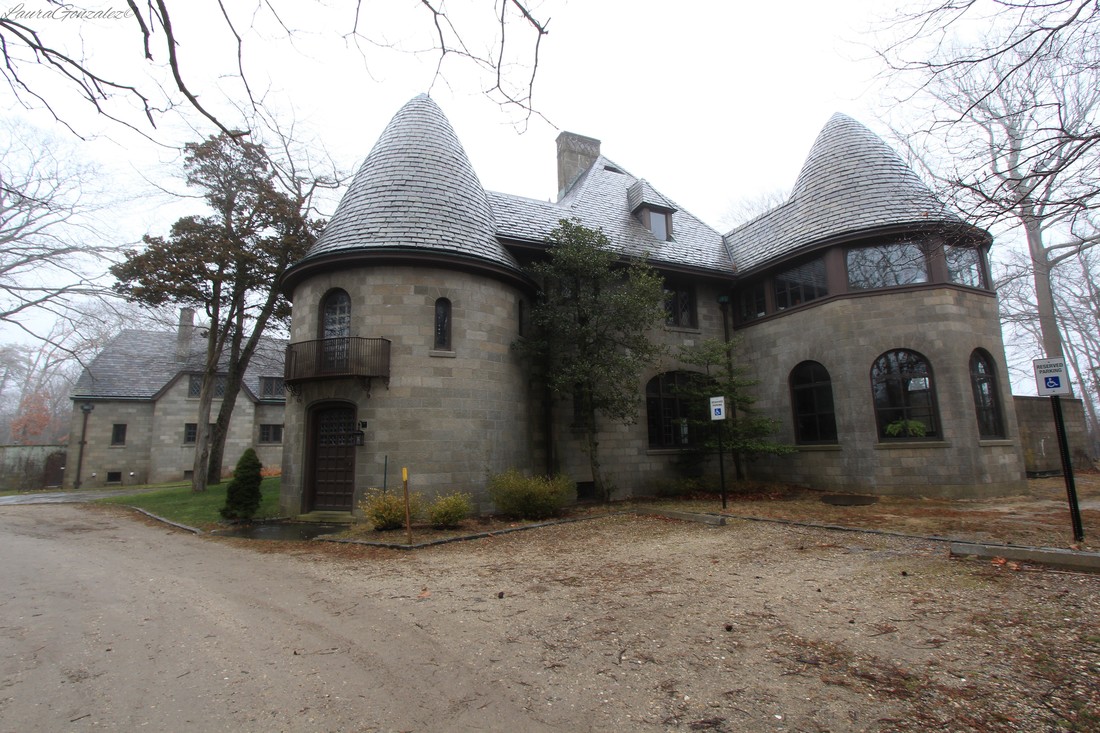
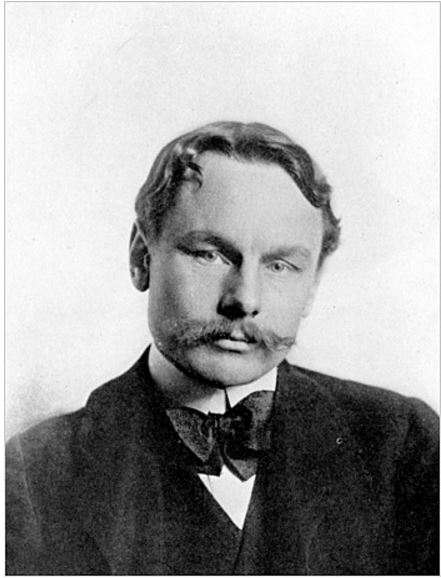
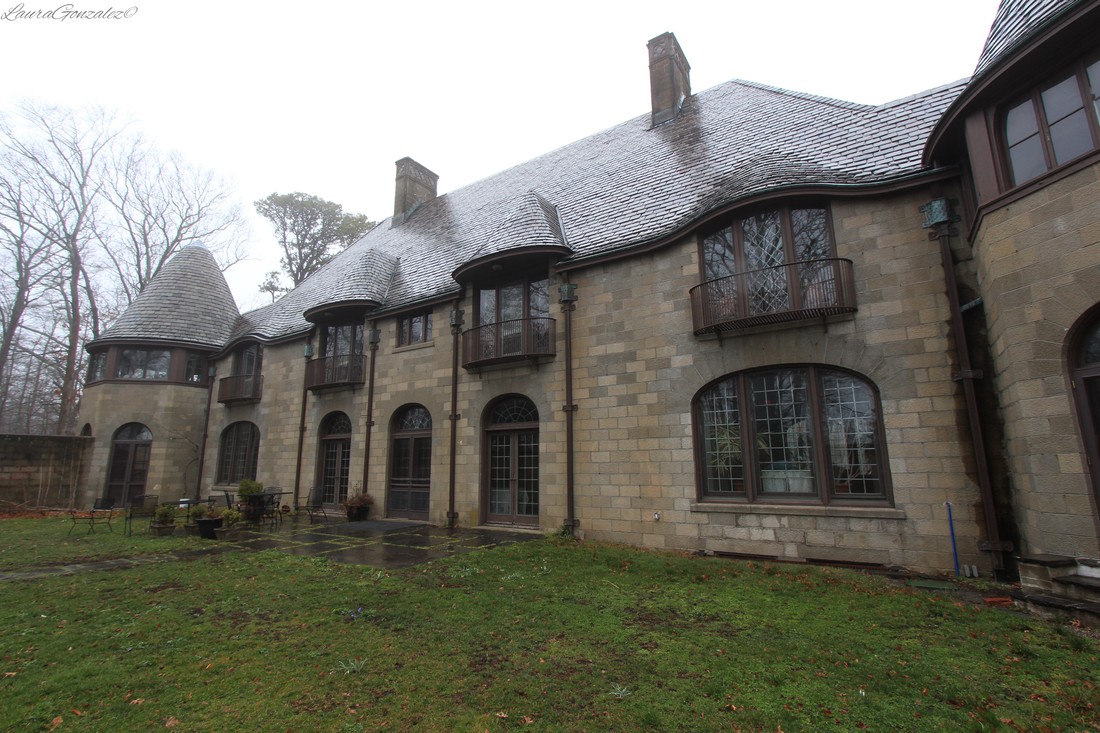
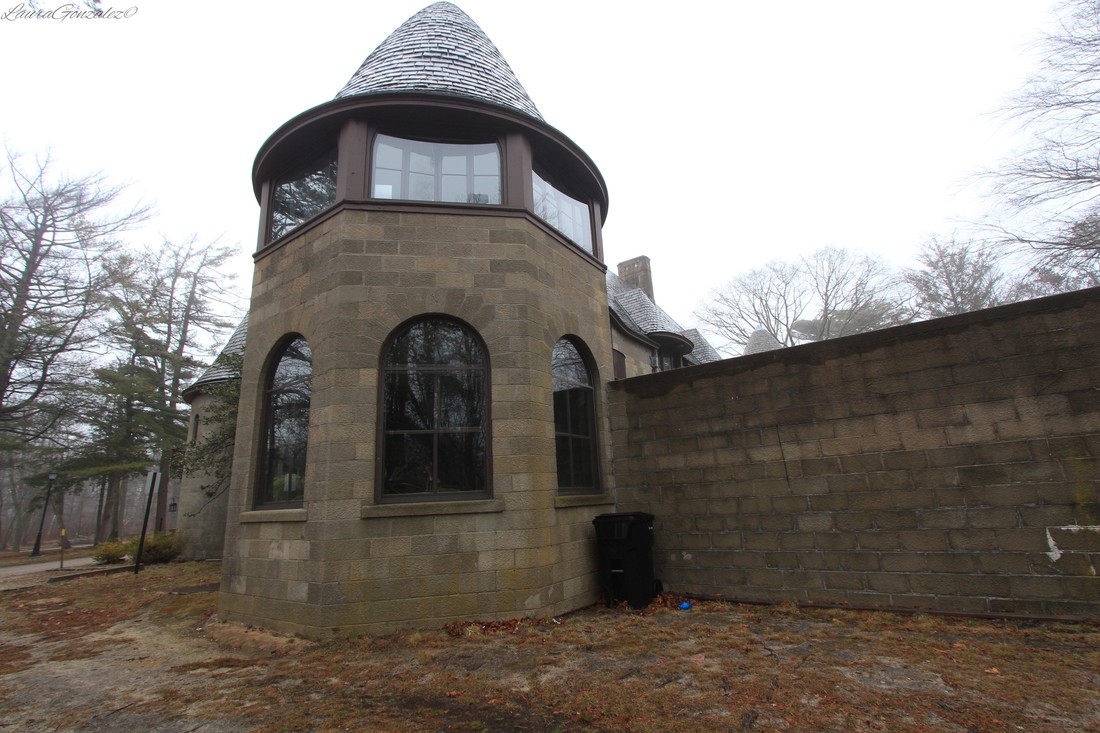
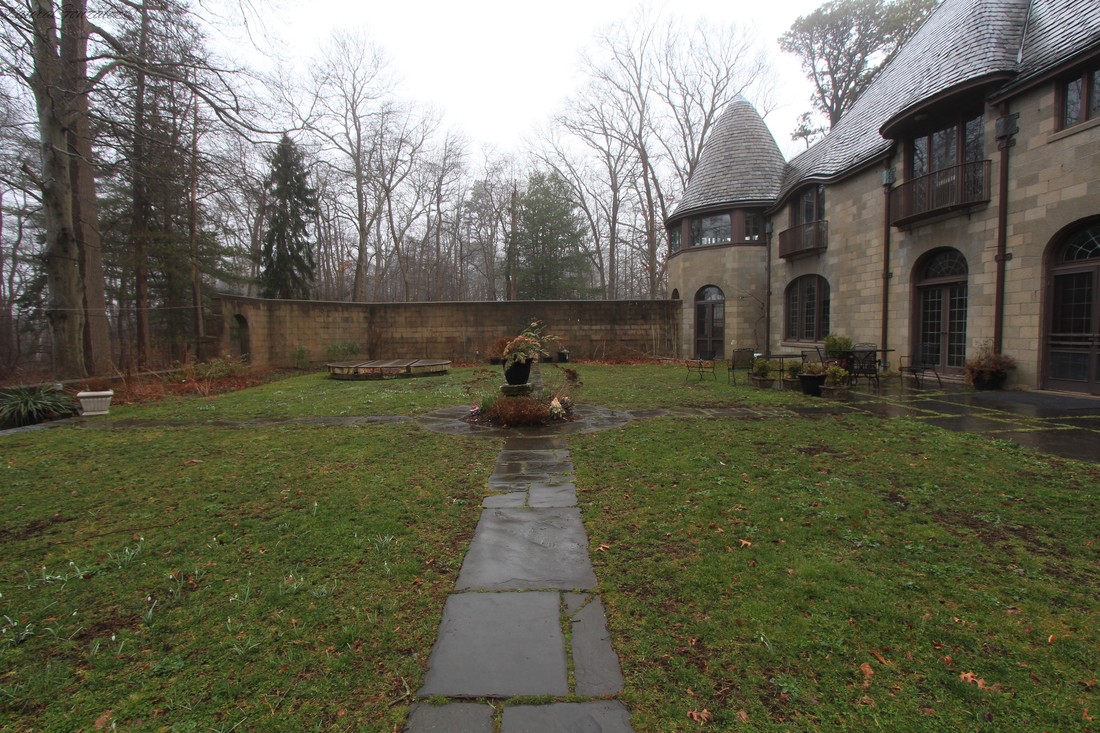
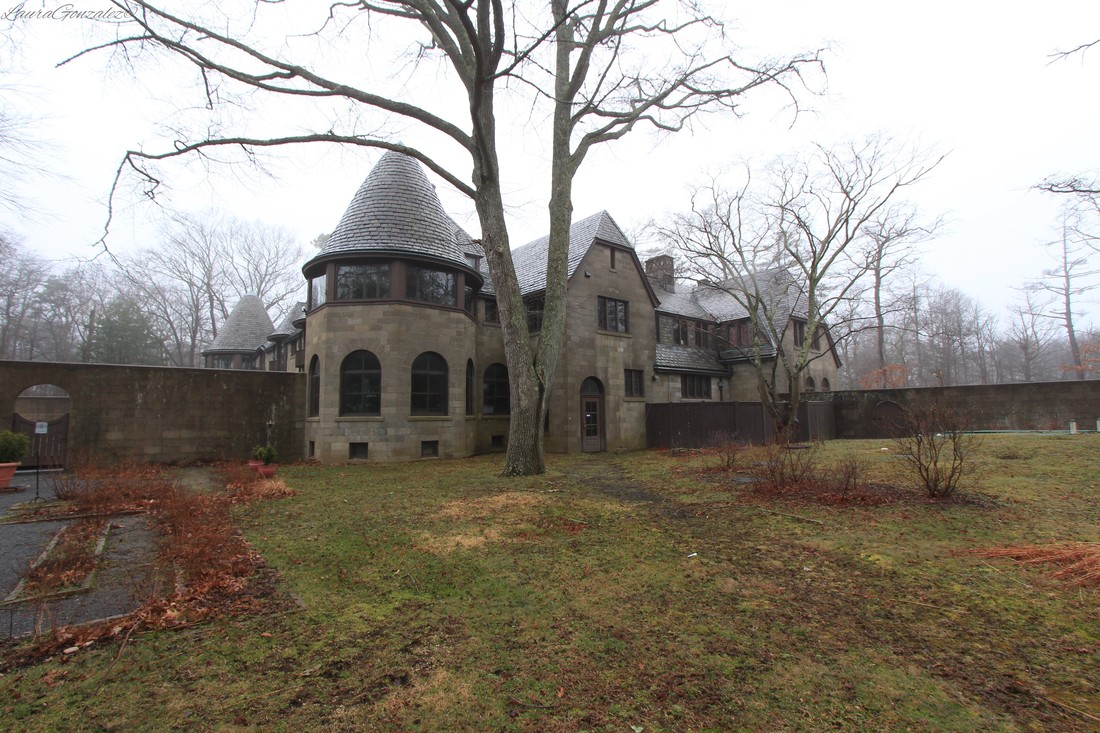
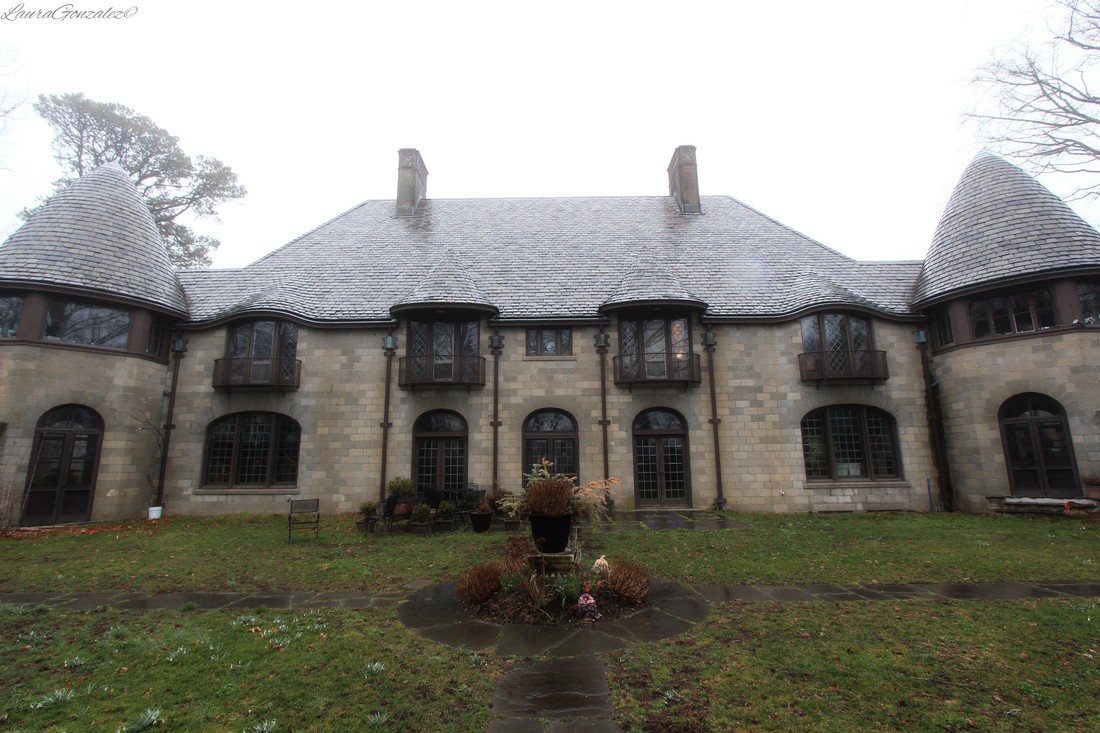
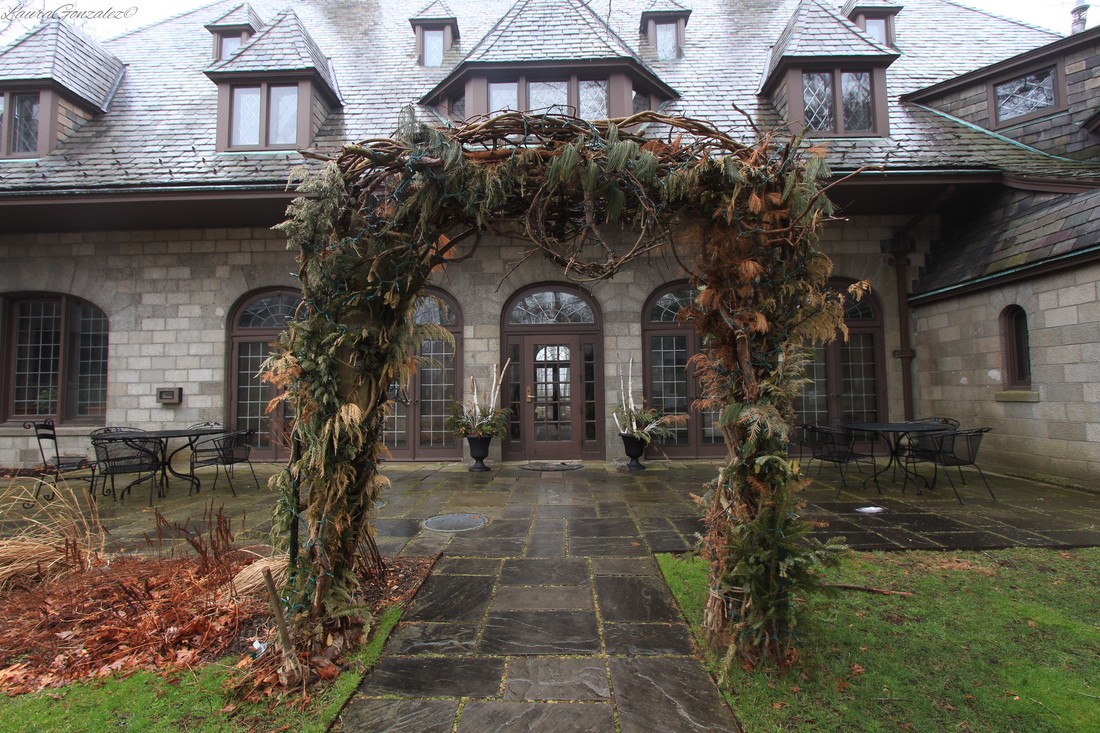
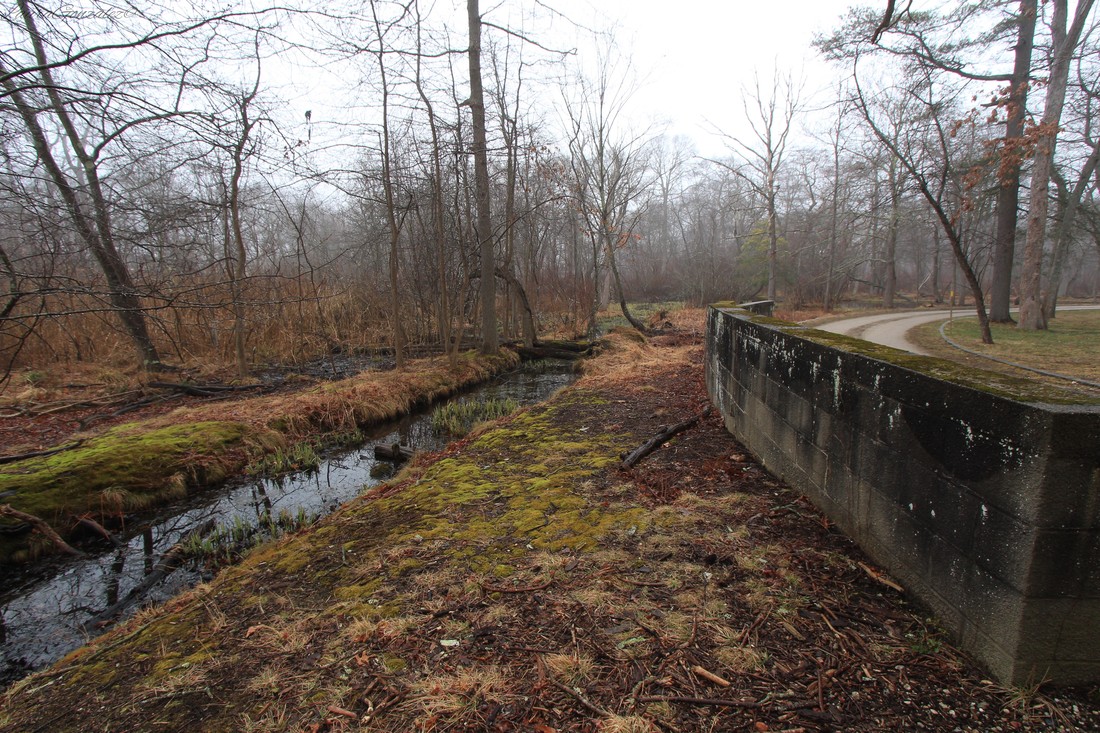
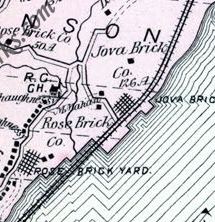
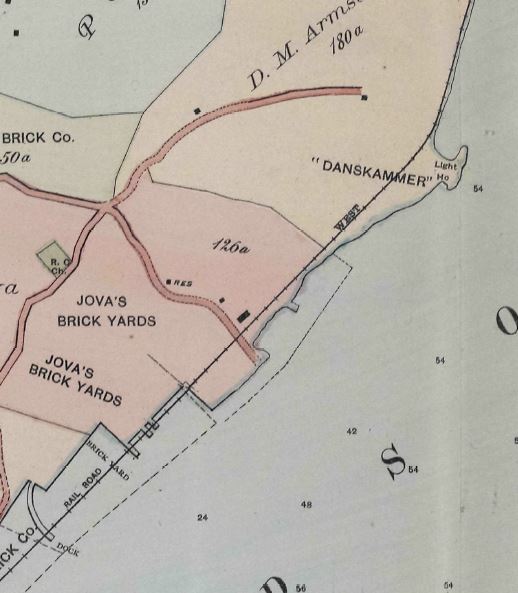
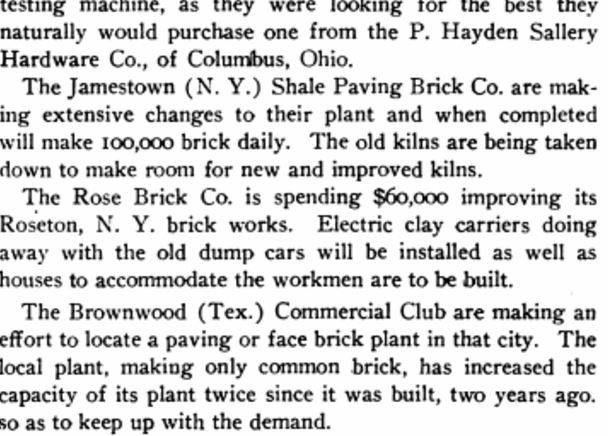
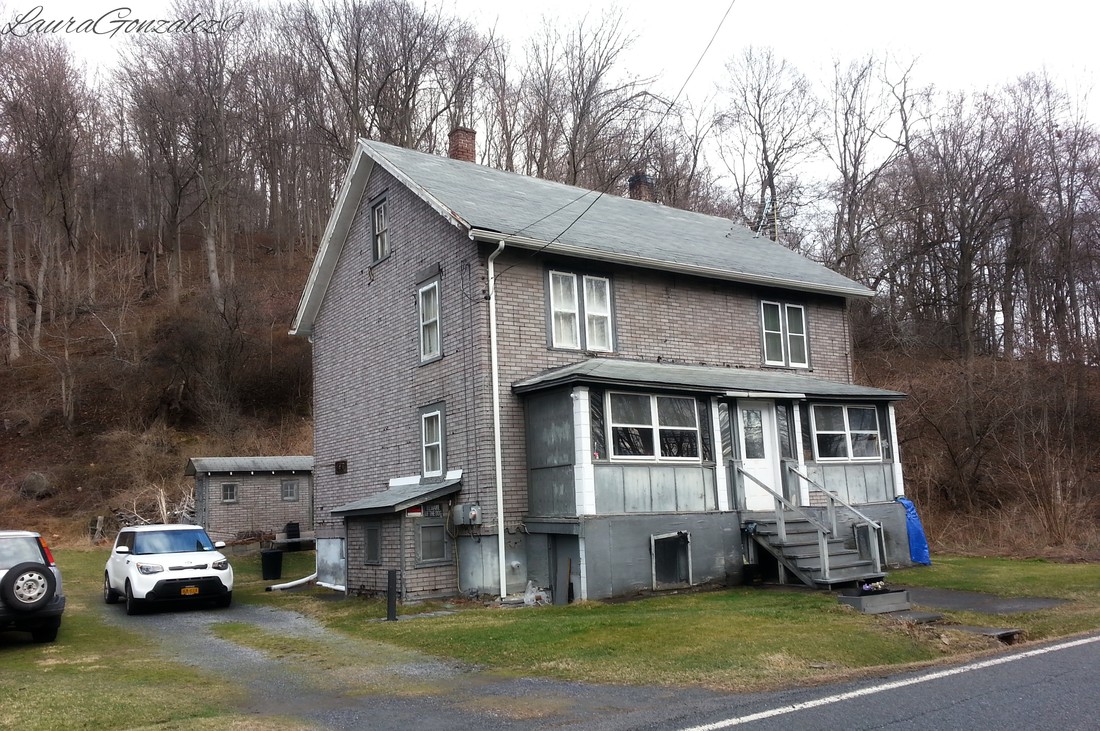
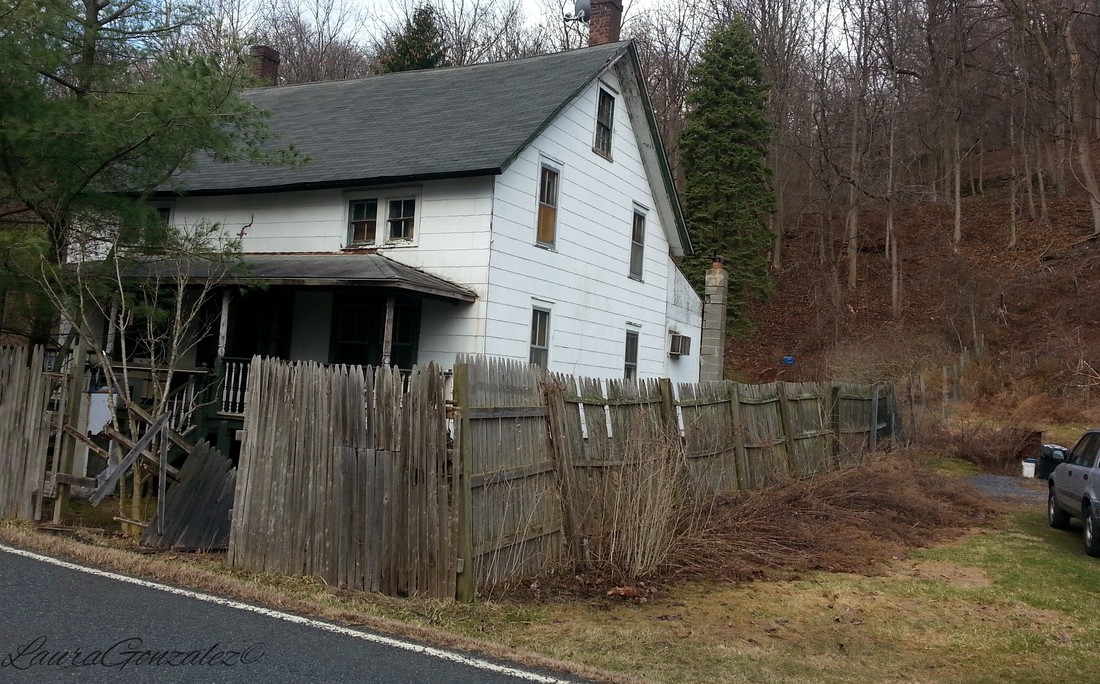
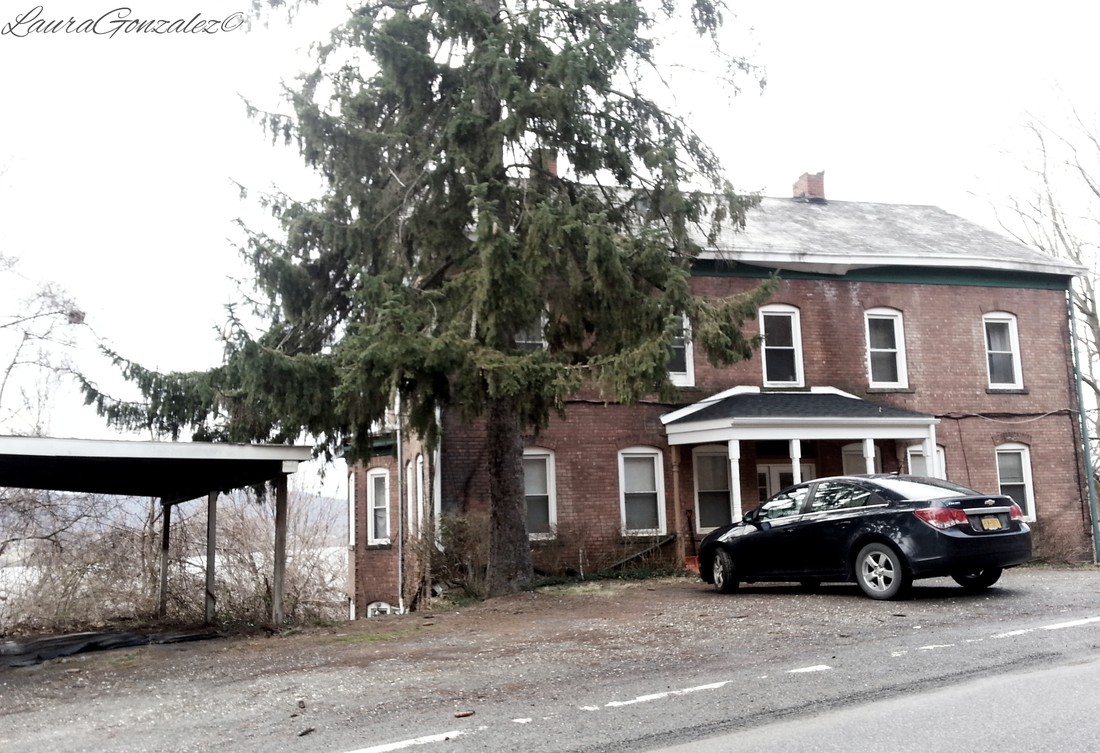
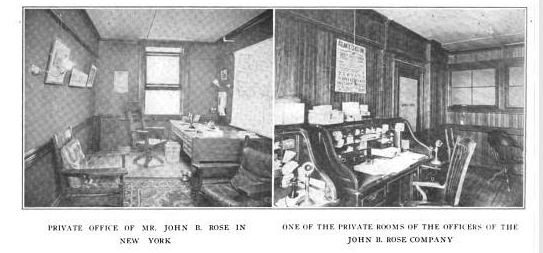
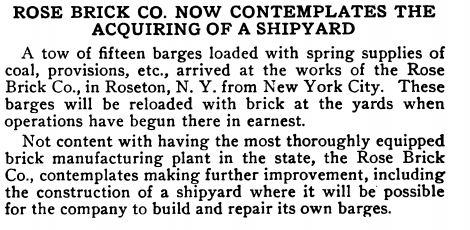
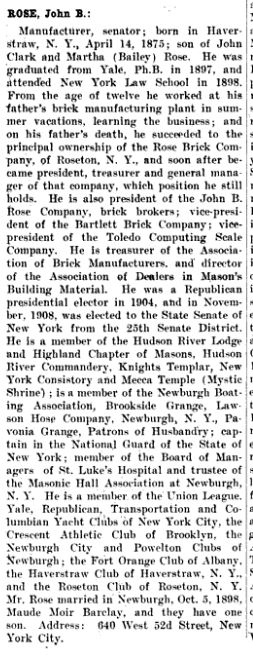
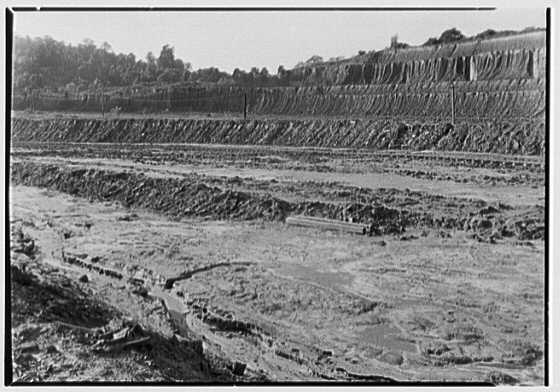

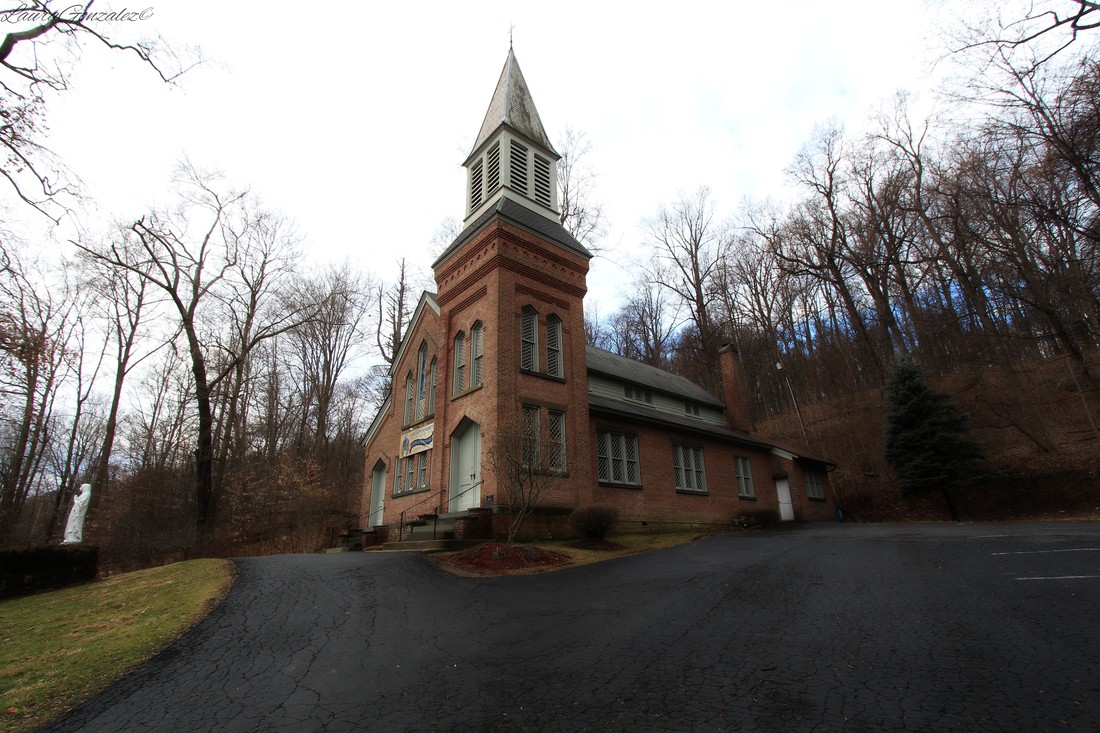
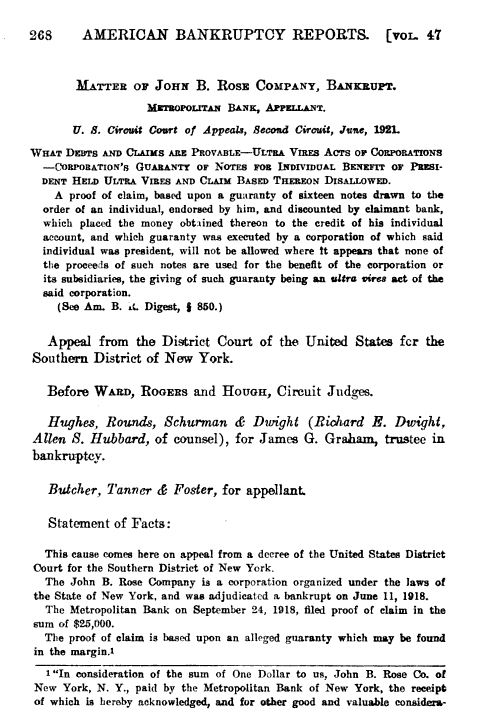
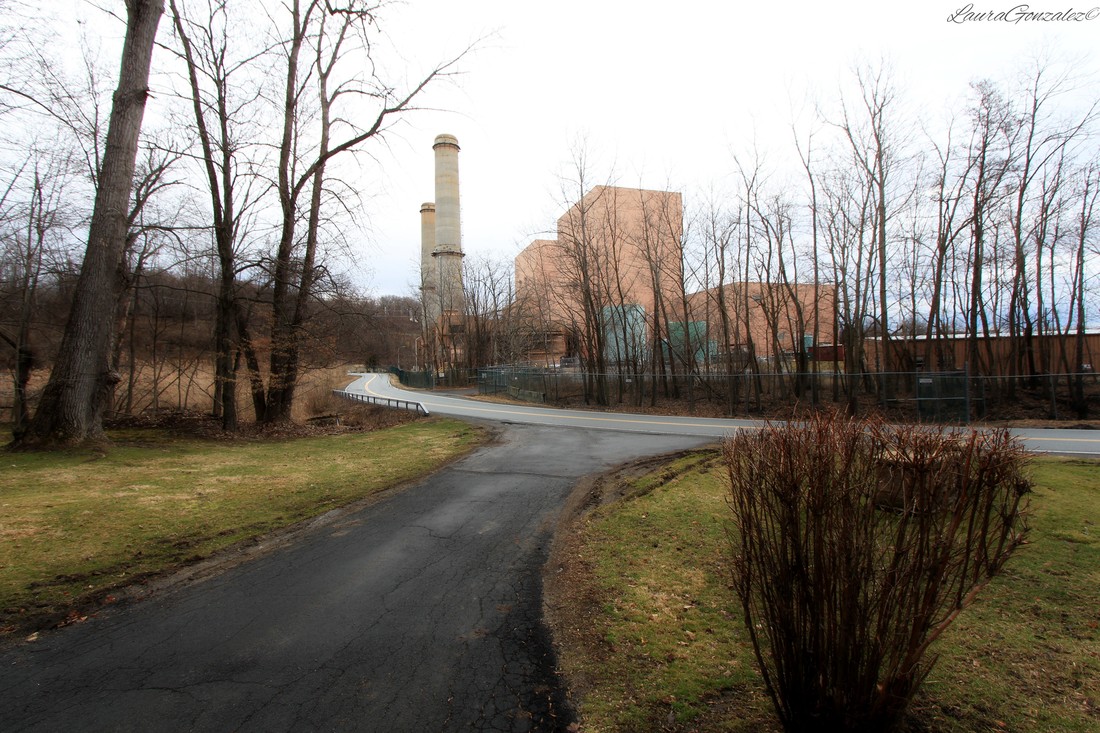
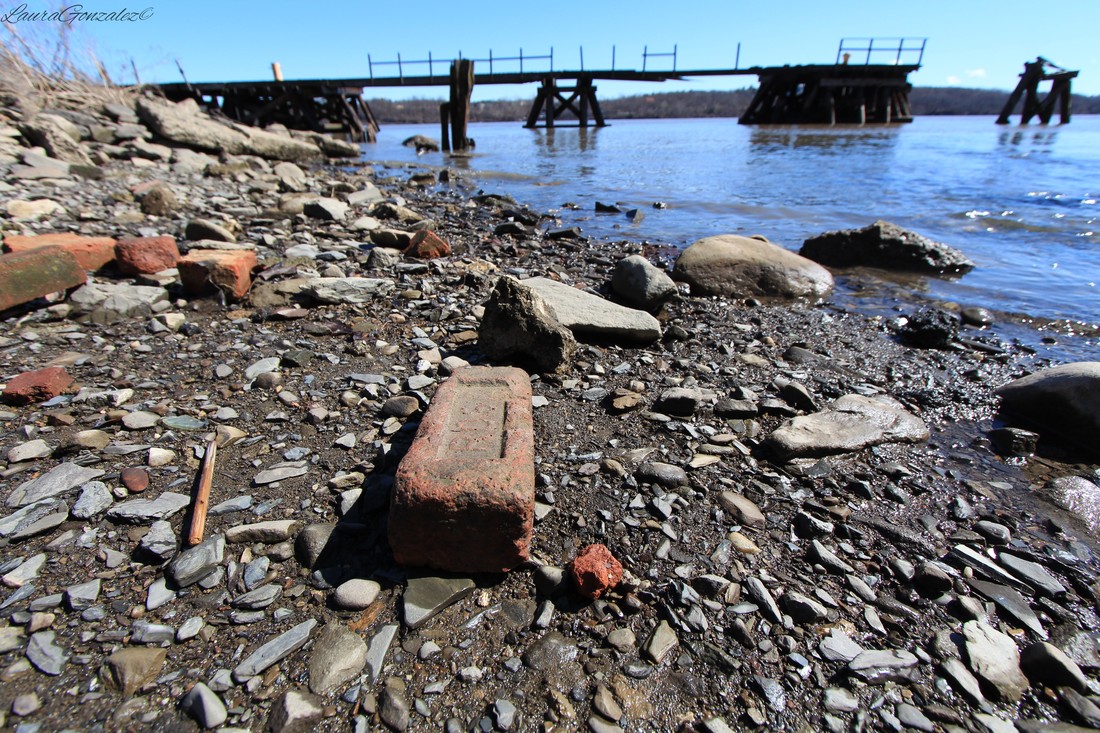
 RSS Feed
RSS Feed
